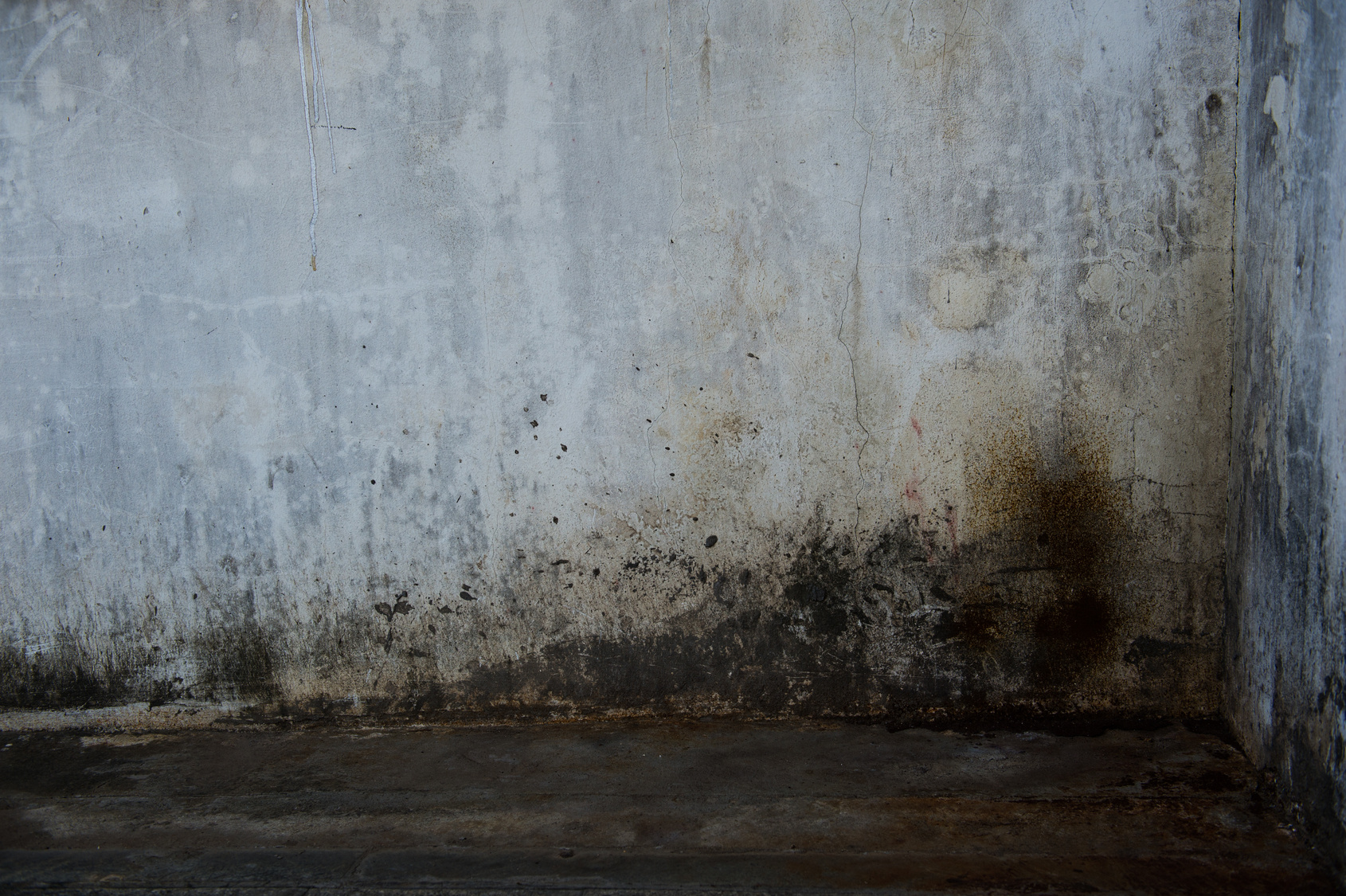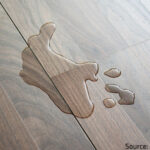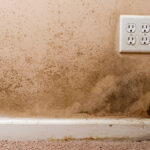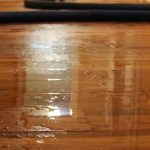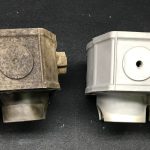How To Remove Black Stains On Hardwood Floor
Hardwood flooring is a beautiful attribute of any home. Like carpet and any other type of flooring you must clean and maintain wood floors to keep them beautiful. Tarnishing the floor can be a homeowner’s worst nightmare as it is a difficult task to remove stains once they have set in. Perhaps a drink spilled and was not properly cleaned up or a cup was left on the ground leaving a ring of condensation. Worse than that, a water damage caused by a leak in the ceiling often times leaves a much bigger stain. Reoccurring stains such as pet urine also prove to be almost impossible to remove without refinishing the surrounding area of the mark. Depending on how deep the stain goes will determine how hard it is to remove.
Asses the Stain
The first question you should be asking yourself is, what does the stain look like? This answer alone will help you determine how you can go about dissolving the stain. The tarnish will be white or black. White stains mean the stain has not set in past the surface of the wood. A black stain on the other hand is a greater problem and will be more tiring to remove. Black stains indicate that actual wood damage has taken place.
White Stains and Rings:
If the stain is white, you are in luck because that means it is only either in the finish or the waxy surface layer of the floor. There are a variety of things you can do to remove white stains. You can play the waiting game and wait 2-3 days to see if the stain goes away on its own. If it does not, you may then cover the stain with a dry cloth and rub the cloth with a steamless hot iron pressed against the floor. You may also scrub the area with a lemon oil soaked wool scrub brush. The oil is to prevent scratches on the wood floor. Gently rub the white ring. Following that, simply swipe the spot with denatured alcohol and let set. This may sound simple, but what about when the problem is in fact deeper? How do you remove black stains?
Black Stains and Rings:
Black stains are most definitely more problematic. If your stain is showing up black, the damage has most likely penetrated the finish and set in. Unfortunately, your options at this point are limited. First, you can try to remove the stain. The way you may do this is by rubbing a small amount of bleach on the stain. Wait a few hours and then rub another coat of bleach on it. Let that then set until the next day and see if you have lightened or removed the black mark. If not, your only other option is to strip and sand the area and then refinish it. This is quite a job for anyone. First, you must strip the finish of the wood floor. Next sand the spot with fine grit sandpaper. After wiping the area clean thoroughly and letting it dry, refinish the floor and apply a sealer.
Stains Caused by Things Other Than Water
Water damage to wood floors is a horrible thing to deal with as a homeowner. If you are careful not to spill your drinks and you take the proper precautions to prevent water damage in your ceiling you can attempt to prevent water damage from happening. Additionally, if you are quick to wipe and dry any spilled water you may survive the spill without a stain at all. But what about those other daily occurrences that may leave marks on your floor?
Pet Stains:
If you are a pet owner you know the impossibility it is to keep your flooring clean. Whether you have carpet or wood floors, your furry friend can present a nuisance if they are not completely potty trained. Even potty trained pets have accidents. Not only will urine leave ugly black blemishes on your beautiful hardwood floor after its set it, but it will emit a stench throughout the whole house that cannot be easily covered up. Black stains indicate that there is a heavy build-up of dried uric salt crystals. Since urine is acidic, it literally burns the tannins in the wood. It is best to avoid getting these types of stains as they are difficult to remove but if you already have black urine stains on your wood floors, you can attempt to remove them without refinishing the whole area of the floor. One idea is you may sprinkle a generous amount of baking soda on the urine stain. The baking soda will cause a chemical reaction with the urine and will often pull some of it out of the wood. You can repeat this process for better results. Again, the depth of the stain will determine how much luck you have with removing it with simple procedures. Typically black marks caused by pet urine will need to be sanded down and refinished. It is advised to use fine grit sandpaper to prevent gouging in the flooring. You are only sanding the finish off, not sanding the whole stain out completely. That will certainly leave a dip in the wood. Sand the surface stain out and then refinish it. Seal the area for protection.
Marks Left by Non-Greasy or Greasy items:
Marks left by non-greasy items such as nail polish will not puncture the surface of the wood floor. You should be able to wipe this type of stain up with dish soap and warm water. Greasy stains caused by food or lotion, for example, should be dealt with immediately for the best chance of preventing an oftentimes permanent black mark. A mix of cold water and ammonia is commonly used in this situation. Gently srub the mark clean with a soft cloth.
Enjoy and Protect Your Hardwood Floors:
Hardwood floors are truly a timeless part of your Sarasota home. They are beautiful and are definitely worth the upkeep they require. Protect your floors by never leaving wet objects on them and by wiping up any spilled water, greasy or non-greasy substance up right away. Also, be sure your pets are potty trained before letting them run freely over the flooring. Repeated urine stains can be nearly impossible to remove and the odor that accompanies them can be very unpleasant. Once that seeps into the wood it is very difficult to remove. Protect your hardwood floors by sealing them with products made especially for indoor wood. Additionally, damp-mop the floor with a wood-cleaning product a few times a year. Regular upkeep of your floors is truly the best way to catch every little stain before it turns black.

